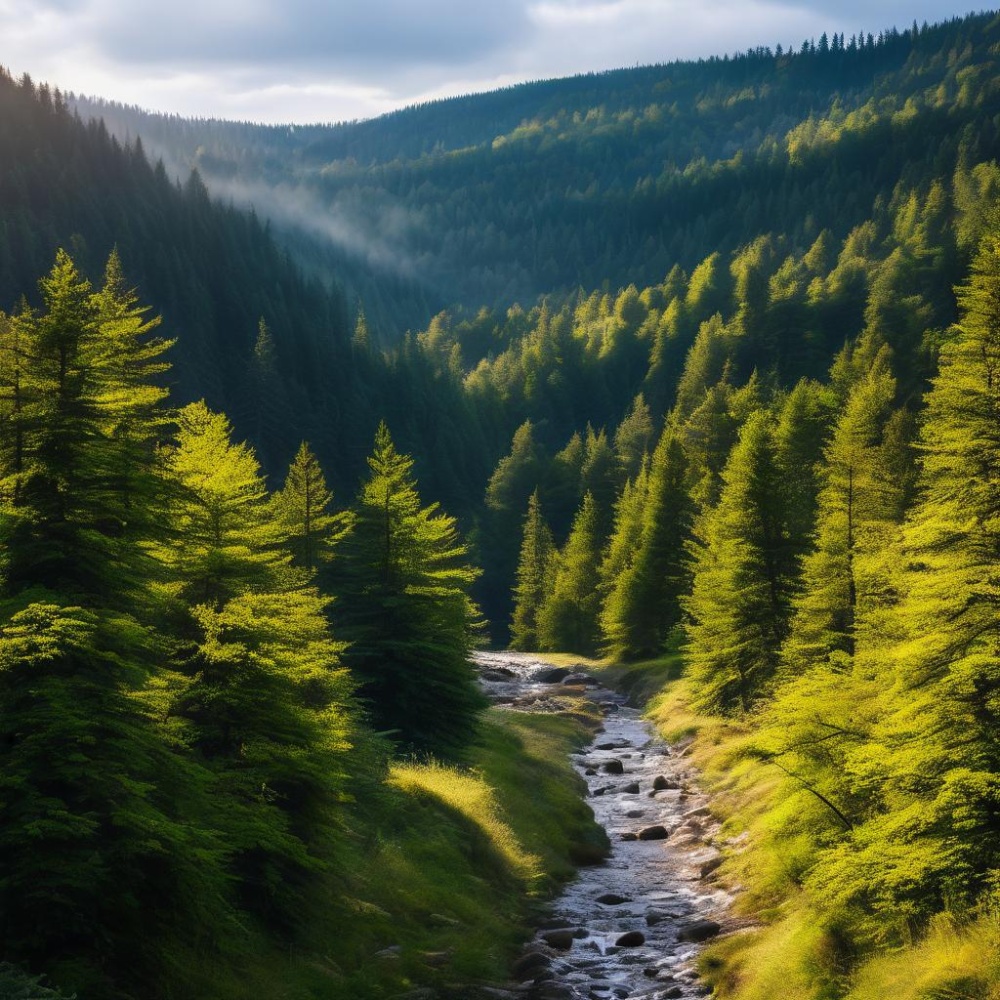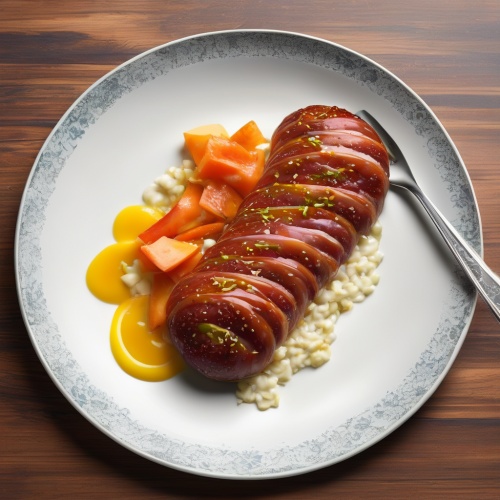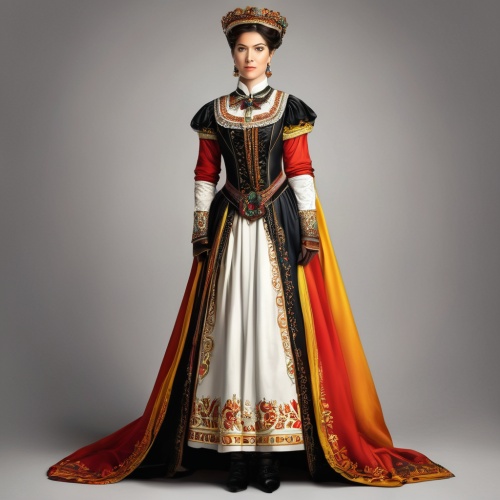Understand
The border between Lower Saxony and Saxony-Anhalt, prior to 1990, served as the dividing line between East and West Germany. It was heavily guarded with fences and fortifications. The Brocken, a mountain in the region, was used as a surveillance post by the East German and Soviet military to spy on Western Europe's military activities. Access to many villages on the East German side was severely restricted, with roads and railway tracks being closed or demolished. However, this division eventually led to the establishment of the beautiful Harz National Park. Today, the remnants of the Iron Curtain are still visible in certain areas along the border, which have been preserved for historic and tourism purposes. The Harz region relies heavily on tourism as its main source of income. However, the collapse of industrial complexes in former East Germany has led to high unemployment rates. Each town in the area competes fiercely for tourists, particularly between the cluster of Goslar and its surrounding villages, and Wernigerode, Quedlinburg, and Blankenburg in the Southern Harz region. This competition can sometimes be intense. It's important to keep in mind that recommendations on where to visit may be influenced by a person's origin (East German or West German), but it's best to disregard any lingering East/West rivalry and simply embrace the wild and natural beauty that the Harz region has to offer.








Comments
NO COMMENTS